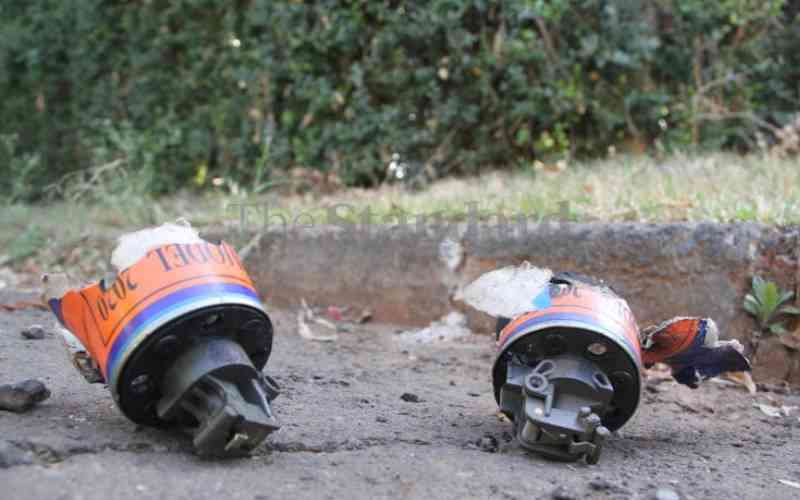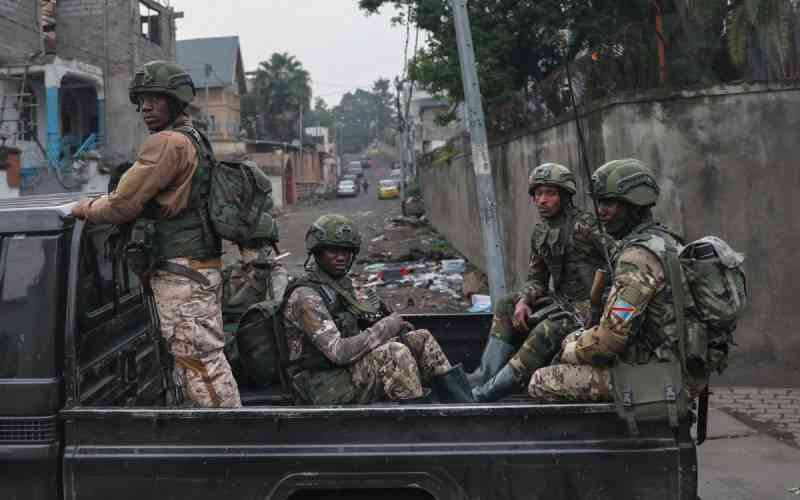
Tear gas is a chemical compound commonly used as a riot control agent.
It temporarily makes people unable to use some of the keys senses of the human body by causing irritation to the eyes, mouth, throat, lungs, and skin
It is classified as a non-lethal chemical weapon. Immediate signs and symptoms of exposure to a riot control agent are: Eyes: excessive tearing, burning, blurred vision, redness Nose: runny nose, burning, swelling Mouth: burning, irritation, difficulty swallowing, drooling Lungs: chest tightness, coughing, choking sensation, noisy breathing (wheezing), shortness of breath Skin: burns, rash Nausea and vomitingLong-term health effects of exposure to teargas
Prolonged exposure, especially in an enclosed area, may lead to long-term effects such as: Eye problems including scarring, glaucoma, and cataracts, and may possibly cause breathing problems such as asthma. When inhaled by persons using contact lenses,... The Standard Group Plc is a multi-media organization with investments in media platforms spanning newspaper print
operations, television, radio broadcasting, digital and online services. The Standard Group is recognized as a
leading multi-media house in Kenya with a key influence in matters of national and international interest.
The Standard Group Plc is a multi-media organization with investments in media platforms spanning newspaper print
operations, television, radio broadcasting, digital and online services. The Standard Group is recognized as a
leading multi-media house in Kenya with a key influence in matters of national and international interest.











